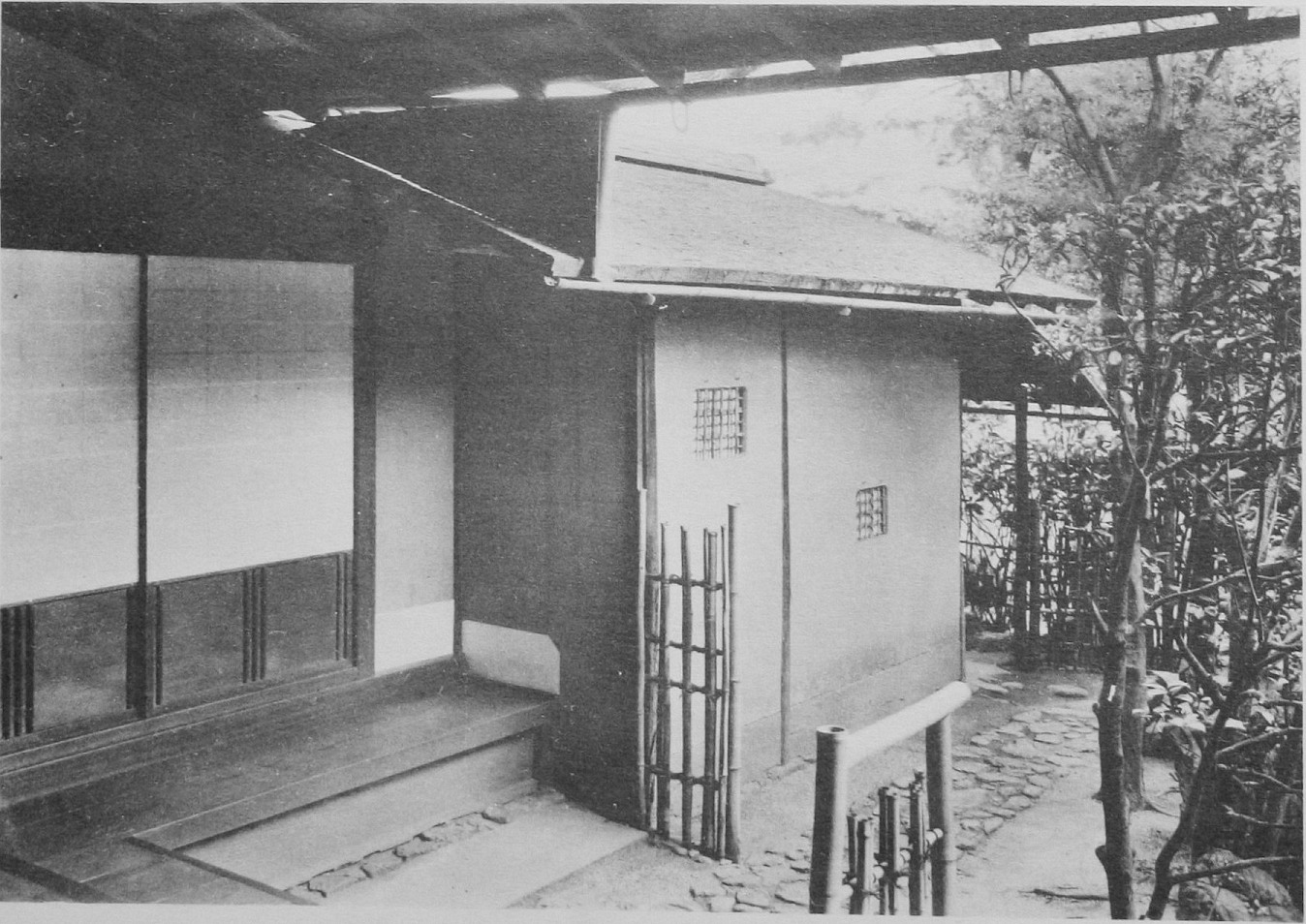Sen, Rikyū, 1521 or 1522-1591
Enlarge text Shrink text- Karaki, J.Sen Rikyū, 1958.
- Komatsu, S. Rikyū no shi, 1988:p. 312, etc. (b. Taiei 2 (1522); d. 2/28/Tenshō 19 (1591))
- Dai jinmei j.(Sen Rikyū; 1521-1591)
- Jinbutsu refarensu j.(Sen no Rikyū; 1522-1591)
- Chadō j.(Sen Rikyū; b. Taiei 2 [1522]; d. Tenshō 19 [1591])
- Nihon kokugo d.j.(Sen no Rikyū; b. Eishō 18 [1521]; d. Tenshō 19 [1591])
Sen no Rikyū (Japanese: 千利休, 1522 – April 21, 1591), also known simply as Rikyū, was a Japanese tea master considered the most important influence on the chanoyu, the Japanese "Way of Tea", particularly the tradition of wabi-cha. He was also the first to emphasize several key aspects of the ceremony, including rustic simplicity, directness of approach and honesty of self. Originating from the Sengoku and Azuchi–Momoyama periods, these aspects of the tea ceremony persist. There are three iemoto (sōke), or 'head houses' of the Japanese Way of Tea, that are directly descended from Rikyū: the Omotesenke, Urasenke, and Mushakōjisenke, all three of which are dedicated to passing forward the teachings of their mutual family founder, Rikyū. They are collectively called san senke.
Read more on Wikipedia >
 Personality
Personality







